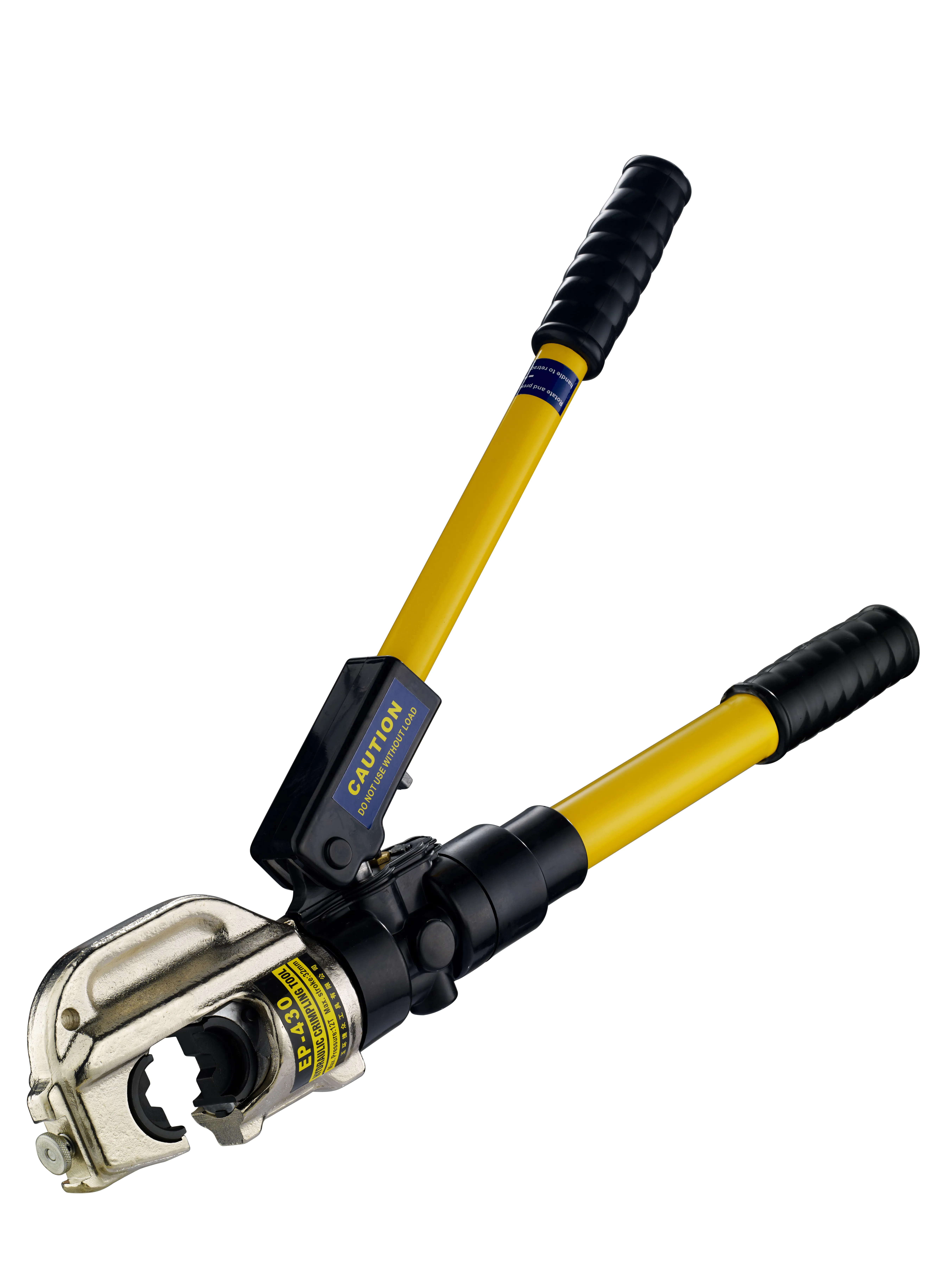
-
 Afrikaans
Afrikaans -
 Albanian
Albanian -
 Amharic
Amharic -
 Arabic
Arabic -
 Armenian
Armenian -
 Azerbaijani
Azerbaijani -
 Basque
Basque -
 Belarusian
Belarusian -
 Bengali
Bengali -
 Bosnian
Bosnian -
 Bulgarian
Bulgarian -
 Catalan
Catalan -
 Cebuano
Cebuano -
 Corsican
Corsican -
 Croatian
Croatian -
 Czech
Czech -
 Danish
Danish -
 Dutch
Dutch -
 English
English -
 Esperanto
Esperanto -
 Estonian
Estonian -
 Finnish
Finnish -
 French
French -
 Frisian
Frisian -
 Galician
Galician -
 Georgian
Georgian -
 German
German -
 Greek
Greek -
 Gujarati
Gujarati -
 Haitian Creole
Haitian Creole -
 hausa
hausa -
 hawaiian
hawaiian -
 Hebrew
Hebrew -
 Hindi
Hindi -
 Miao
Miao -
 Hungarian
Hungarian -
 Icelandic
Icelandic -
 igbo
igbo -
 Indonesian
Indonesian -
 irish
irish -
 Italian
Italian -
 Japanese
Japanese -
 Javanese
Javanese -
 Kannada
Kannada -
 kazakh
kazakh -
 Khmer
Khmer -
 Rwandese
Rwandese -
 Korean
Korean -
 Kurdish
Kurdish -
 Kyrgyz
Kyrgyz -
 Lao
Lao -
 Latin
Latin -
 Latvian
Latvian -
 Lithuanian
Lithuanian -
 Luxembourgish
Luxembourgish -
 Macedonian
Macedonian -
 Malgashi
Malgashi -
 Malay
Malay -
 Malayalam
Malayalam -
 Maltese
Maltese -
 Maori
Maori -
 Marathi
Marathi -
 Mongolian
Mongolian -
 Myanmar
Myanmar -
 Nepali
Nepali -
 Norwegian
Norwegian -
 Norwegian
Norwegian -
 Occitan
Occitan -
 Pashto
Pashto -
 Persian
Persian -
 Polish
Polish -
 Portuguese
Portuguese -
 Punjabi
Punjabi -
 Romanian
Romanian -
 Russian
Russian -
 Samoan
Samoan -
 Scottish Gaelic
Scottish Gaelic -
 Serbian
Serbian -
 Sesotho
Sesotho -
 Shona
Shona -
 Sindhi
Sindhi -
 Sinhala
Sinhala -
 Slovak
Slovak -
 Slovenian
Slovenian -
 Somali
Somali -
 Spanish
Spanish -
 Sundanese
Sundanese -
 Swahili
Swahili -
 Swedish
Swedish -
 Tagalog
Tagalog -
 Tajik
Tajik -
 Tamil
Tamil -
 Tatar
Tatar -
 Telugu
Telugu -
 Thai
Thai -
 Turkish
Turkish -
 Turkmen
Turkmen -
 Ukrainian
Ukrainian -
 Urdu
Urdu -
 Uighur
Uighur -
 Uzbek
Uzbek -
 Vietnamese
Vietnamese -
 Welsh
Welsh -
 Bantu
Bantu -
 Yiddish
Yiddish -
 Yoruba
Yoruba -
 Zulu
Zulu


lis . 25, 2024 03:29 Back to list
Ground Rod Installation Techniques for Effective Antenna Performance and Longevity
Ground Rod for Antenna Installation Importance and Best Practices
When it comes to setting up an antenna system, one crucial component often overlooked is the grounding system, specifically the ground rod. A ground rod plays an essential role in ensuring the safety and efficiency of the antenna, protecting both the equipment and the users.
What is a Ground Rod?
A ground rod is a metal rod typically made of copper or galvanized steel that is driven into the ground to create a direct electrical connection with the earth. This connection helps dissipate static electricity and surges that can occur during lightning strikes or electrical storms. The primary purpose of the ground rod in an antenna setup is to provide a safe path for excess electrical energy, thus protecting the antenna and connected devices from potential damage.
Importance of Grounding in Antenna Systems
Grounding is vital for several reasons
1. Protection Against Lightning Antennas, especially towers, can attract lightning. A properly installed ground rod can help redirect the lightning safely into the ground, minimizing the risk of fire or damage to the antenna and associated electronics.
2. Reduction of Static Build-Up Antennas can accumulate static electricity, especially in dry weather. A ground rod dissipates this charge, preventing issues such as interference or equipment malfunctions.
3. Signal Quality Improvement A well-grounded antenna system can improve signal quality. Grounding reduces noise and interference, which can significantly enhance the performance of the antenna and the clarity of the received signals.
ground rod for antenna

Installation Best Practices
To ensure the effectiveness of a ground rod in an antenna system, consider the following installation best practices
1. Rod Material Use a copper or galvanized steel ground rod, as these materials resist corrosion and ensure longevity. Copper rods are particularly effective due to their excellent conductivity.
2. Depth and Placement The ground rod should be driven into the ground to a depth of at least 8 feet, although local regulations may specify different depths. Moreover, position the rod away from buildings, trees, and other structures to minimize the risk of side flashes during a lightning event.
3. Connection Use a robust grounding wire to connect the ground rod to the antenna. Ensure that the connection is tight and secure to prevent any loosening over time, which could compromise the grounding effectiveness.
4. Regular Maintenance Periodically check the ground rod and connections for corrosion, damage, or loosening. Regular maintenance ensures the ongoing effectiveness of the grounding system.
5. Comply with Local Codes Always adhere to local electrical codes and regulations when installing a ground rod. This not only ensures safety but also can be critical in case of insurance claims related to electrical issues.
Conclusion
A ground rod is a vital component for any antenna installation, ensuring not only the safety of the equipment but also the quality of the signal received. By following best practices for installation and maintenance, users can significantly reduce the risks associated with lightning and electrical discharges, thus enhancing the overall functionality and reliability of their antenna systems. Prioritizing grounding will offer peace of mind, knowing that both the equipment and its users are well-protected.
Latest news
What Are Construction Tools and How Are They Used?
NewsJul.11,2025
Professional-Grade Duct Rodding Tools for Superior Cable Installation
NewsJul.11,2025
Enhancing Safety and Efficiency with Modern Hot Stick Solutions
NewsJul.11,2025
Empowering Cable Installation with Advanced Rodder Solutions
NewsJul.11,2025
Elevate Your Cable Installation Projects with Cable Pulling Tools
NewsJul.11,2025
Efficient Cable Handling Solutions: Cable Rollers for Sale
NewsJul.11,2025











